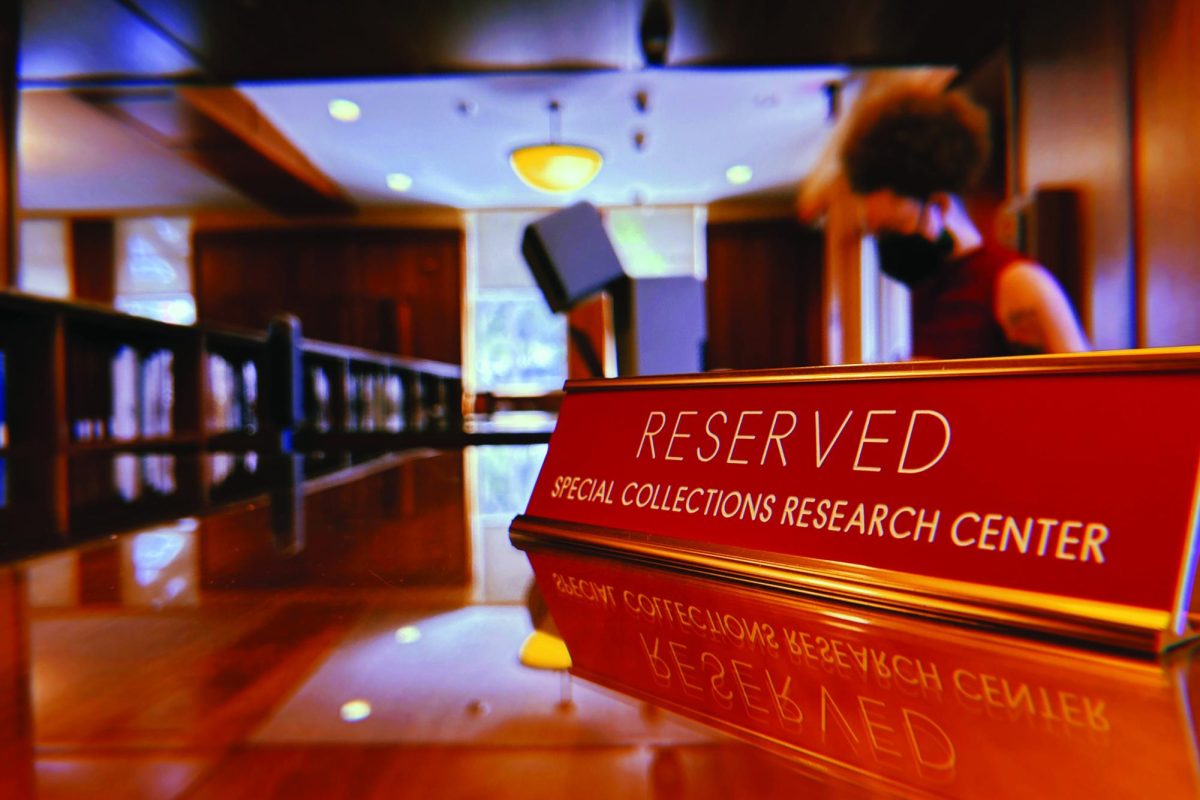The Facts:
N.C. State is not traditionally known for its aesthetics and was recently honored with recognition as the seventh ugliest campus in the country by Campus Squeeze.
Our Opinion:
The campus is a little rough around the edges, but it is certainly not as bad as some seem inclined to make it out to be; it is almost becoming a source of pride.
N.C. State is well known in many areas. Textiles, engineering, design, agriculture and a slew of other disciplines have elevated the University’s status and given credence to its land-grant mission.
While its academics are top-notch, the campus’s aesthetics have often trailed, lacking the attention they need and deserve.
For years, Hillsborough Street and much of the surrounding campus was — quite literally at times — a dump. Alumni from as little as 10 or 20 years ago recall how disgusting the area was, truly lending some legitimate claim to the thought that the campus was one of the least attractive in the country. The cacophony of brick and architecture from different eras cast the campus in an almost indefensible air of construction gone wrong.
Even a casual glance around the Court of North Carolina or Brickyard shows several different architectural styles and a shocking lack of adherence to one of the University’s only basic creeds — the brick.
Perhaps these elements, though they are quickly becoming relics, have led many to call the University one of the ugliest in America — including a recent article by a College Humor-esque Web site, Campus Squeeze, which ranked NCSU the seventh ugliest in the nation.
The appraisal by the site, and others, is hardly something students haven’t heard or observed, but it truly doesn’t reflect the reality anymore.
Increasingly, through projects such as the Hillsborough Street renovation, the collective vision of the University physical master plan and the Centennial Campus expansion, the University is stripping its unsavory elements and bringing in a fresh atmosphere.
Main campus has been gradually improving for years and will only continue to get more attractive once a more cohesive vision is achieved through the eventual demolition of Harrelson Hall and campus-identifying entry elements on the main campus thoroughfares.
Once the ominous pollen dissipates and some of the construction clears up, this place will be looking pretty good.
The University will always struggle with the separation of its two main campuses and the railroad track through main campus; but it’s getting better. The University is certainly above the bad rap it has received and will continue to improve through the next 10 years.
Perhaps, one day, it may even be a source of pride; it certainly should be.



